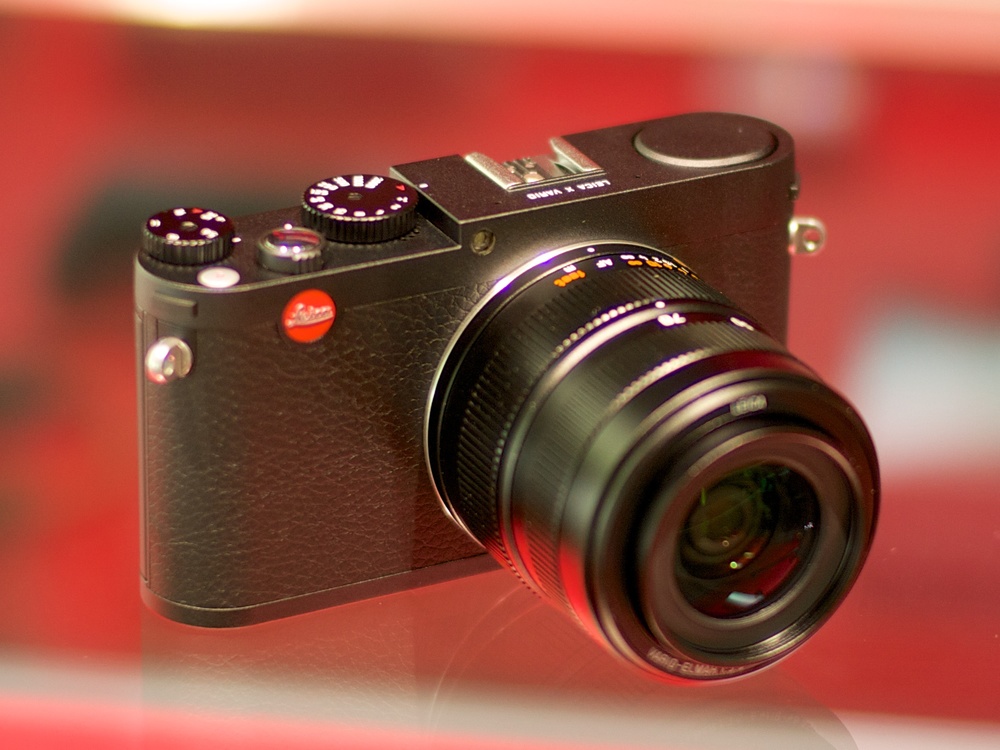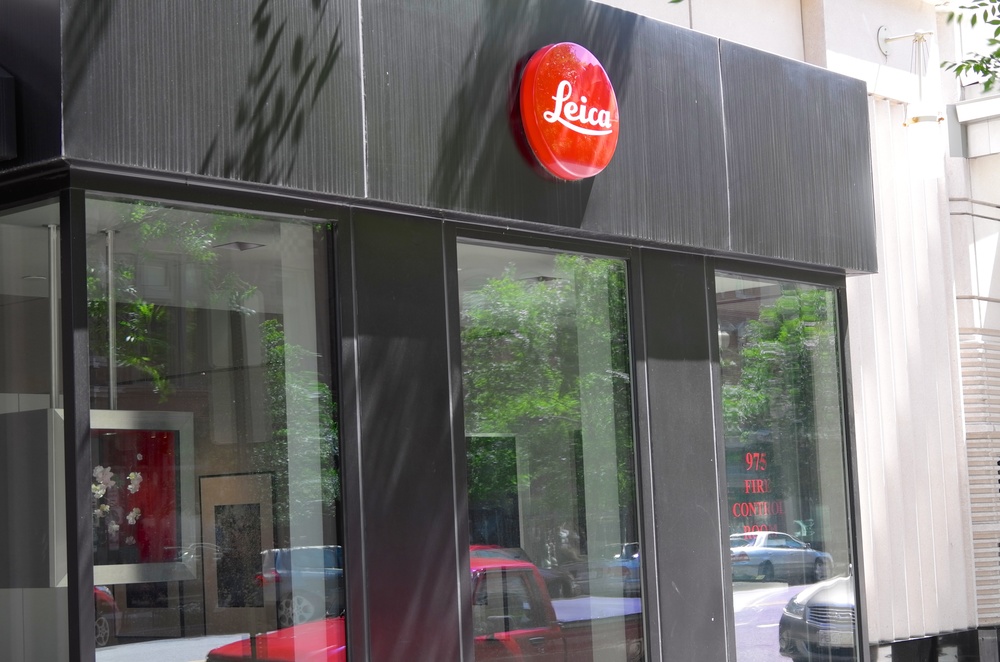
Today I had my first hands-on with the new Leica X Vario at the Washington, DC, Leica store on F Street. I was really pleasantly surprised and felt that I had been a little hard on this camera because of its slow zoom lens. It is taller than the X2 and feels very much like holding an M-series camera, although nowhere near as heavy as the M-240. It fits well in the hands and feels good to use. It is also built to a high standard and will not disappoint Leica fans in this respect. Overall it is a very attractive little camera and much nicer to hold and use than I had anticipated.
As far as I know, the X Vario is the only fixed-lens zoom with an APS-C sensor which, despite the slow lens, makes it an interesting beast. For street photography and landscape work, even for portraiture, it will be a useful tool. Despite this, I still cannot come to terms with that slow lens with its f3.5-6.4 aperture range). Admittedly, in the real world f/3.5 is not that much slower than the f/2.8 of the X2, but remember that this widest aperture is available only at 28mm equivalent. By 36mm, the angle of view of the X2, the X Vario will be well north of f/4. Admittedly this aperture range is commonplace on entry-level DSLRs and bridge cameras but they cost only a fraction of the X Vario’s £2,150 tag. Somehow, I cannot avoid the feeling that we expect more from Leica in the lens department.
With the exception of the slow lens, my overall impression of the X Vario is positive and I now think it will have more appeal than I first thought. If only Leica had equipped it with the lens of the old Digilux 2, with its f/2.0 to 2.4 aperture range and a 28-90mm equivalent zoom, this camera could have been a winner.


Come late to this article. Just think how big the lens would have to be to match the Digilux 2 for APS-C! Peter Karbe has given a very good account of the choices involved, and I am very convinced by his discussion of the relationship between lens and noise-free sensor. I’ve never yet experience the lens as "slow" in practice.